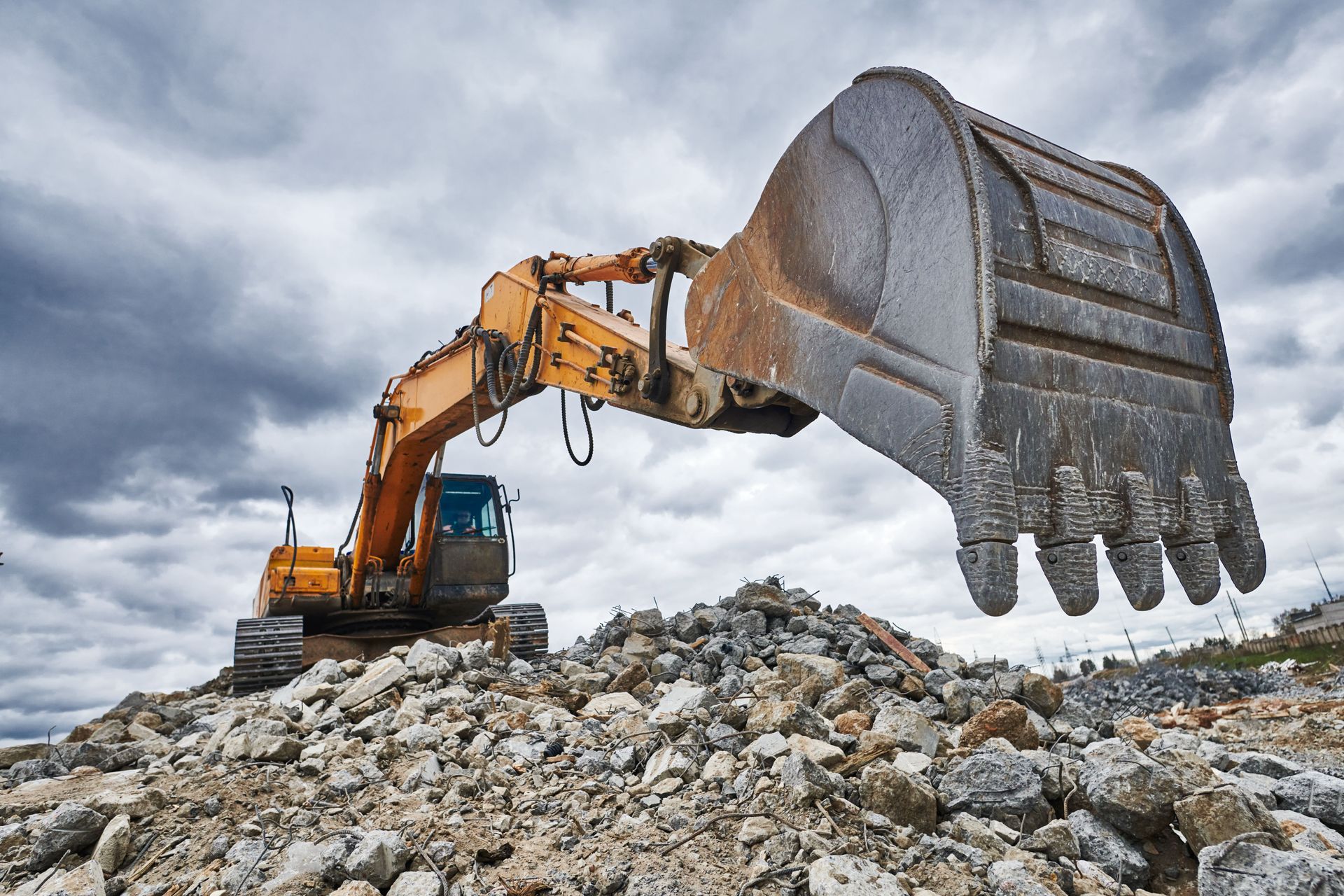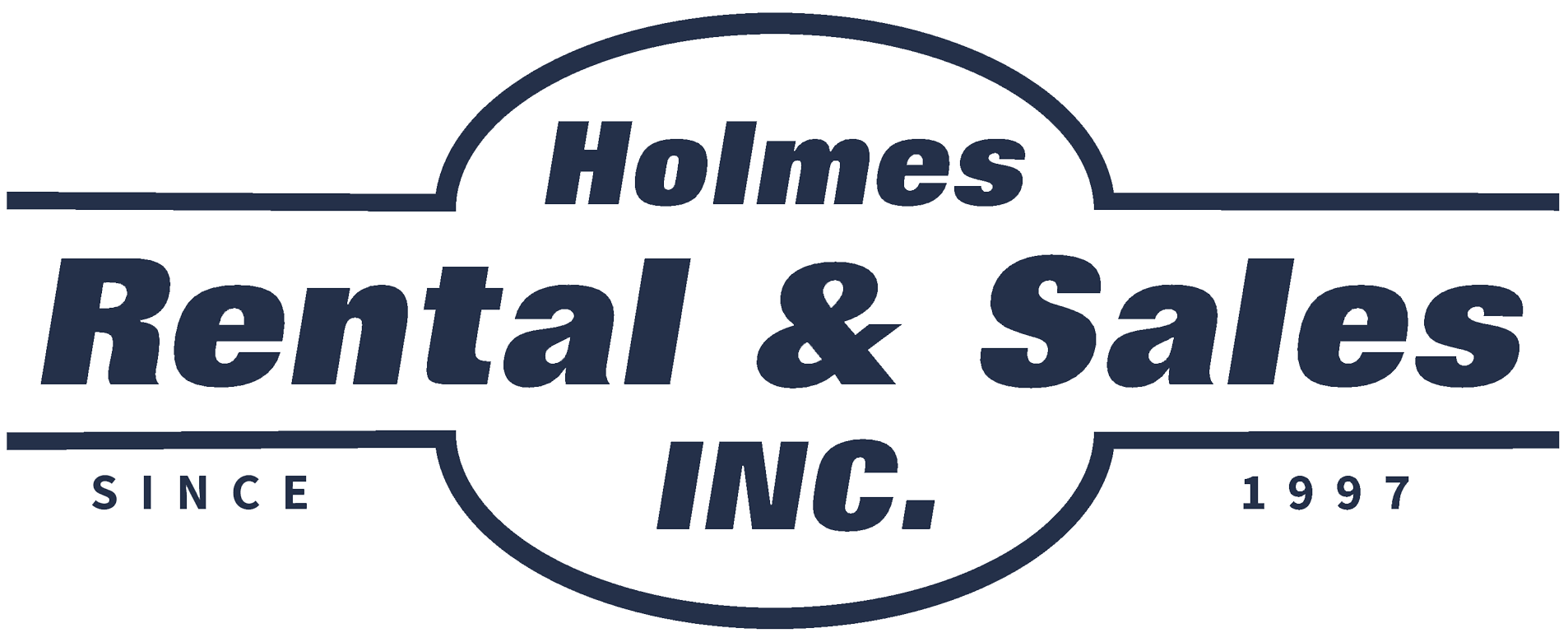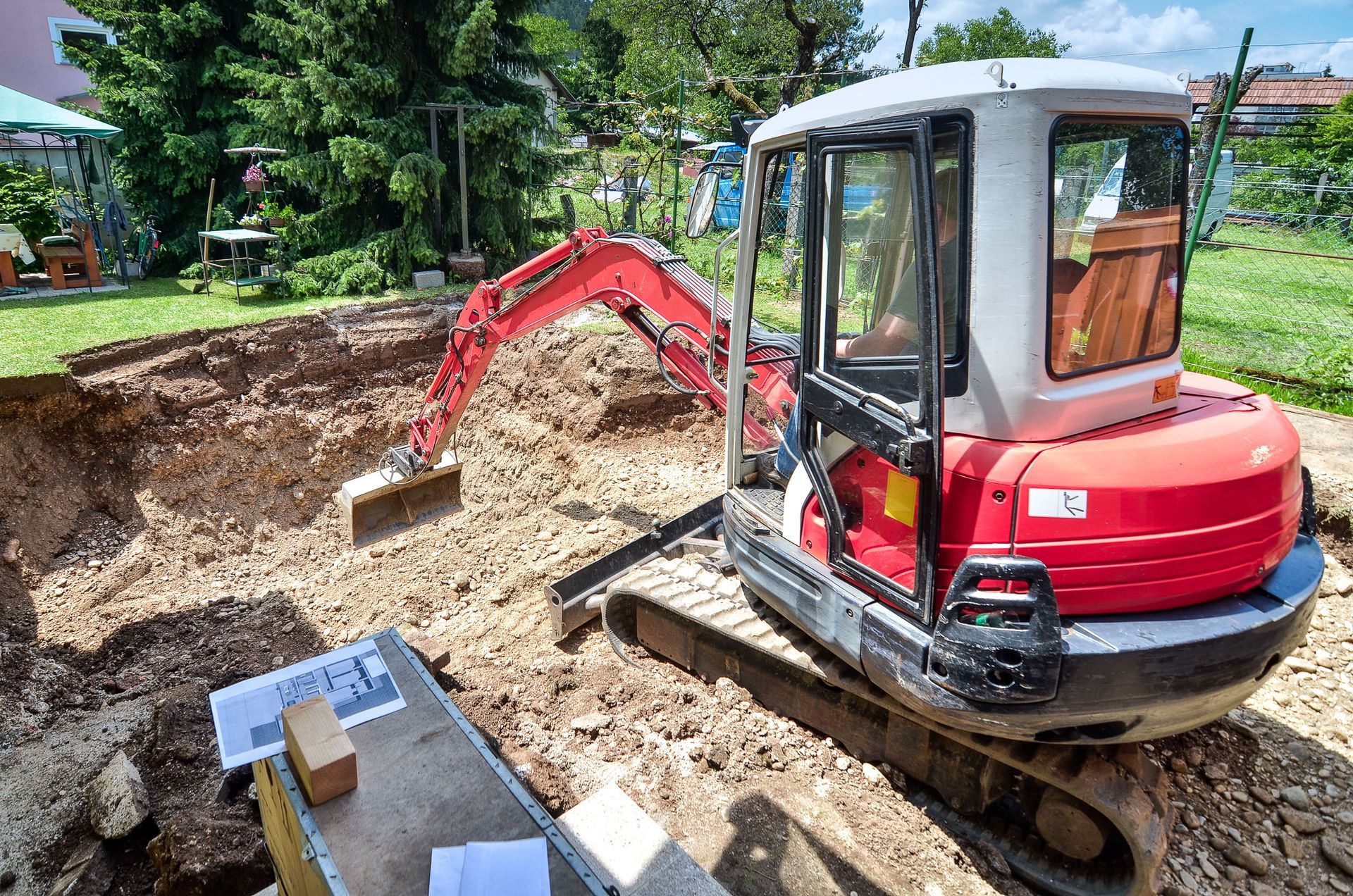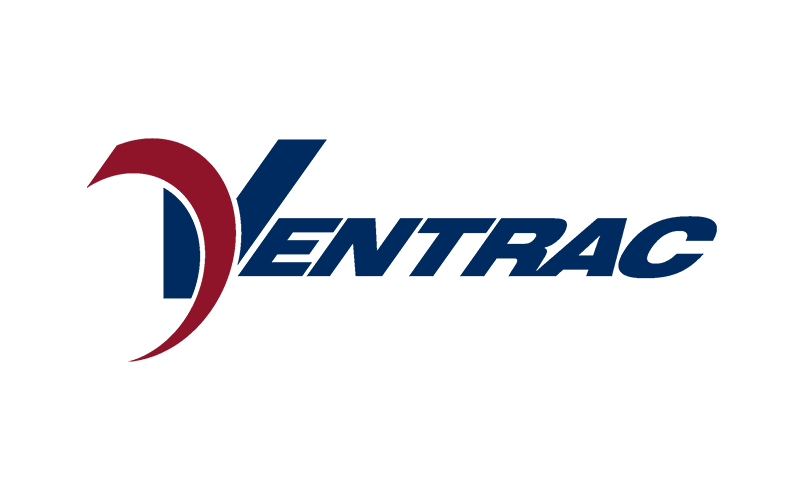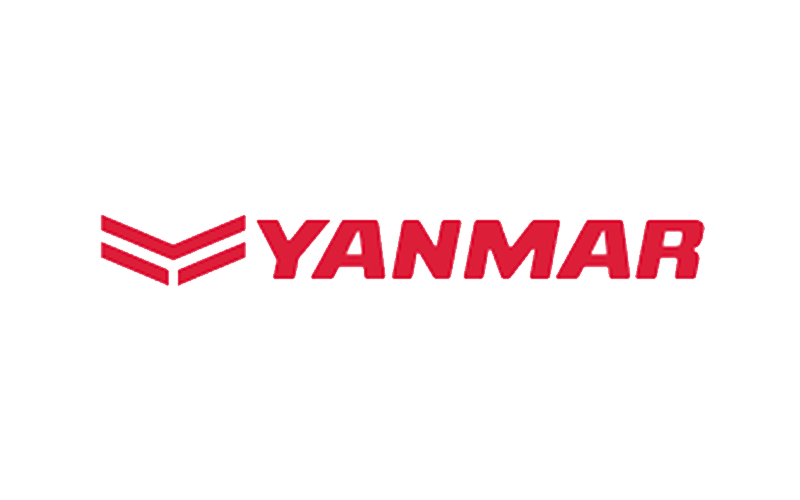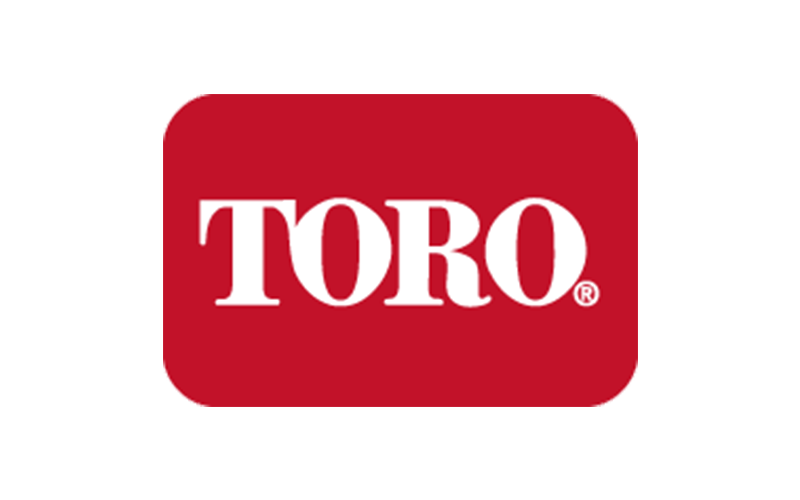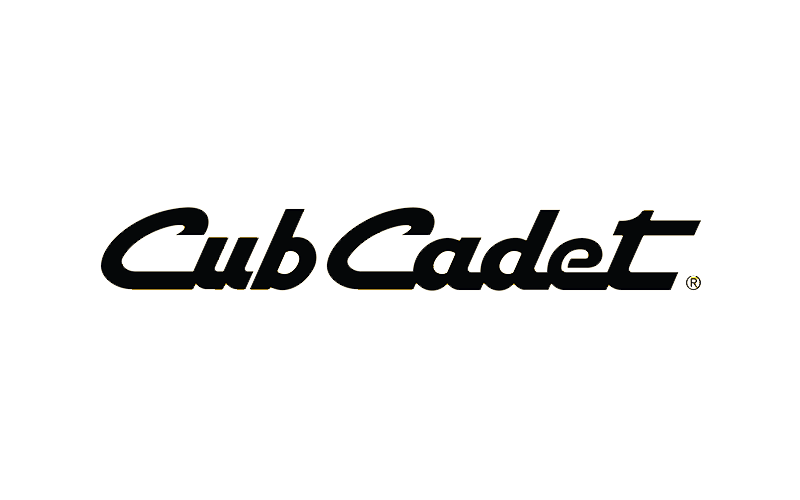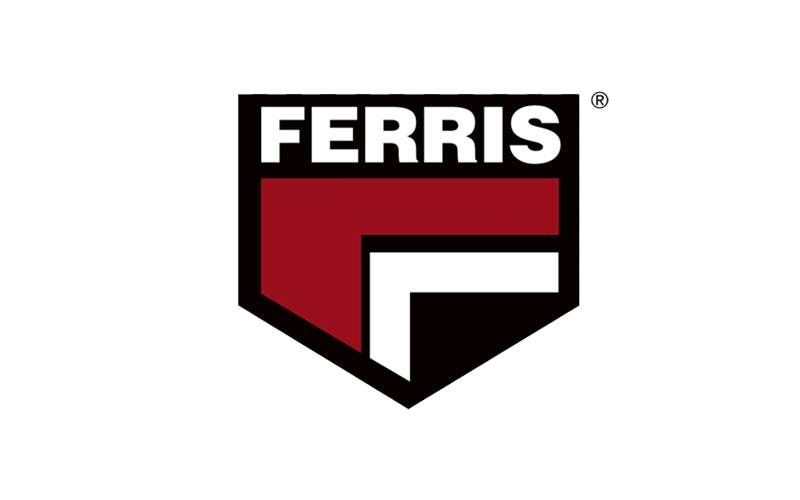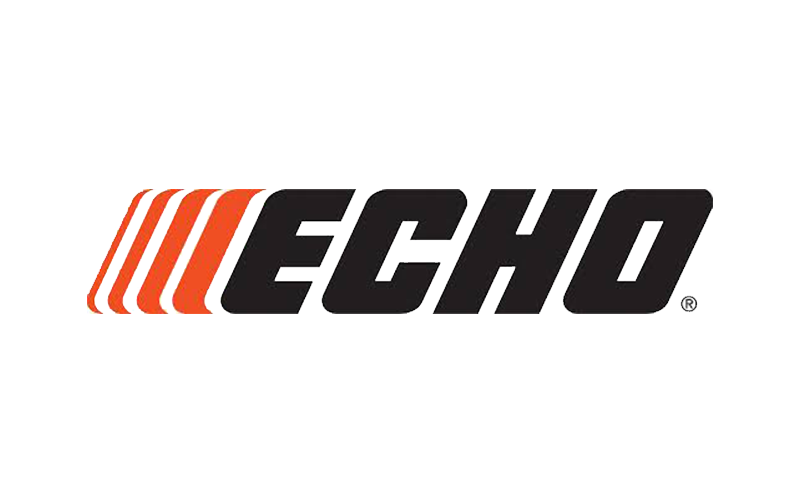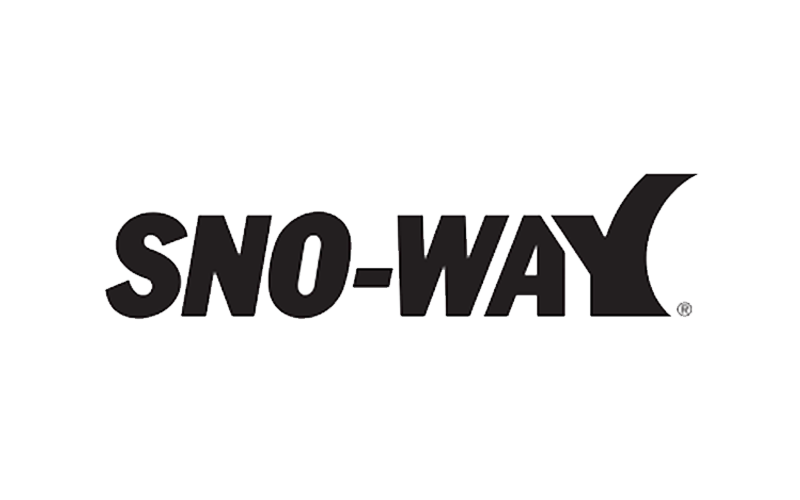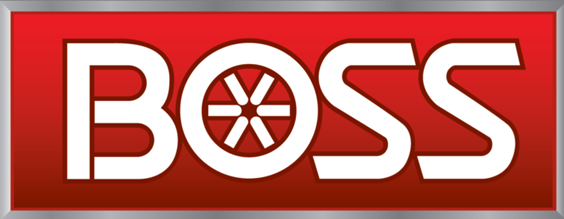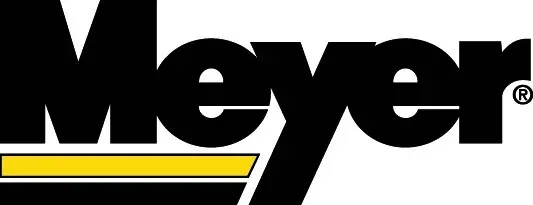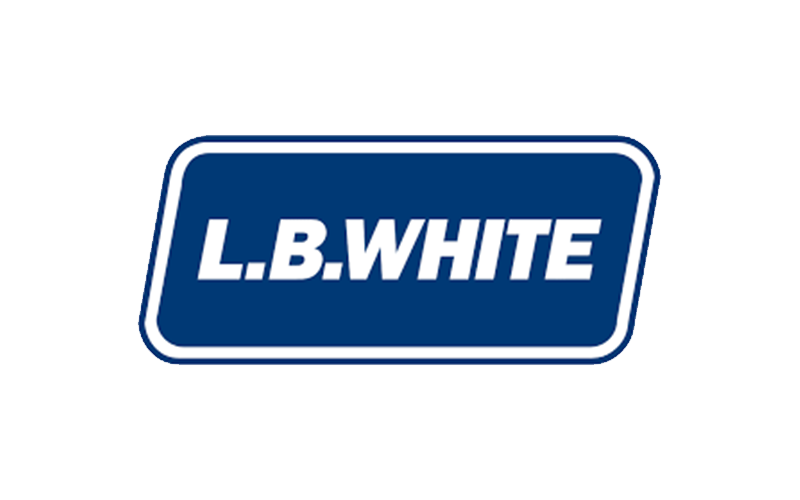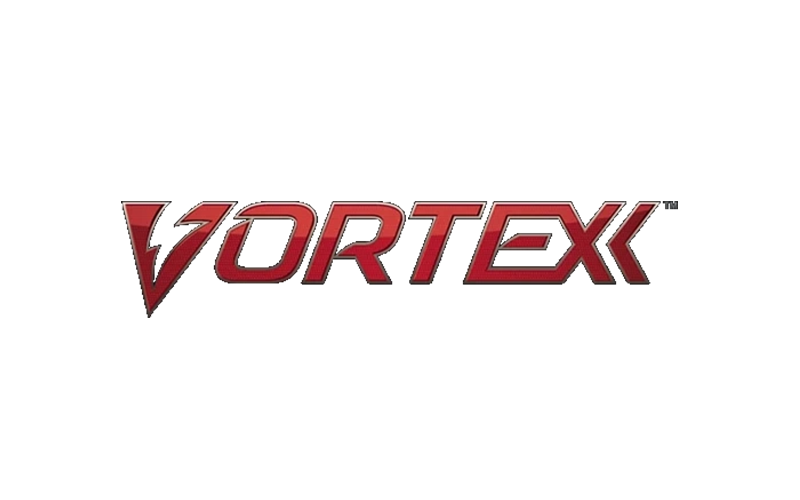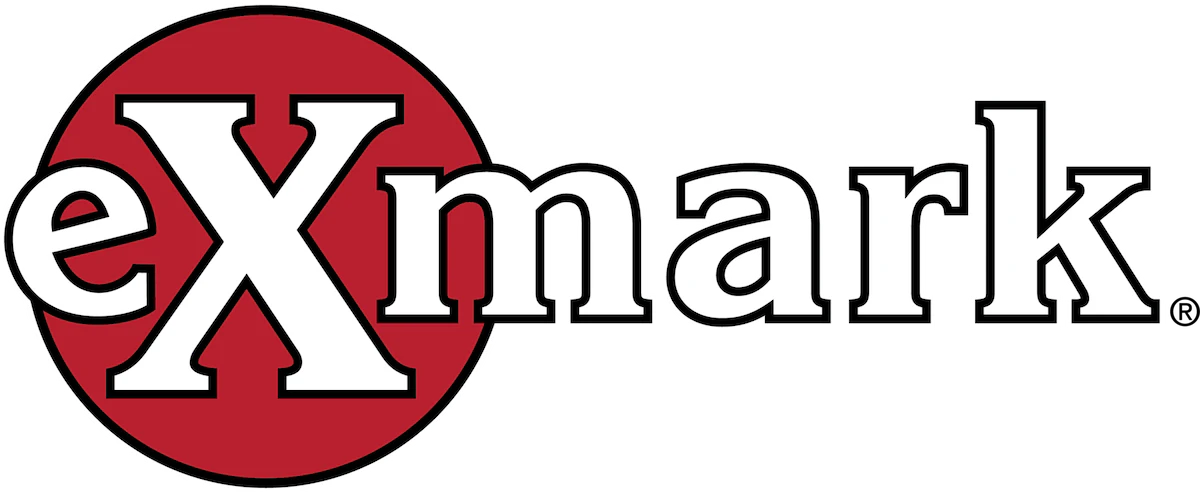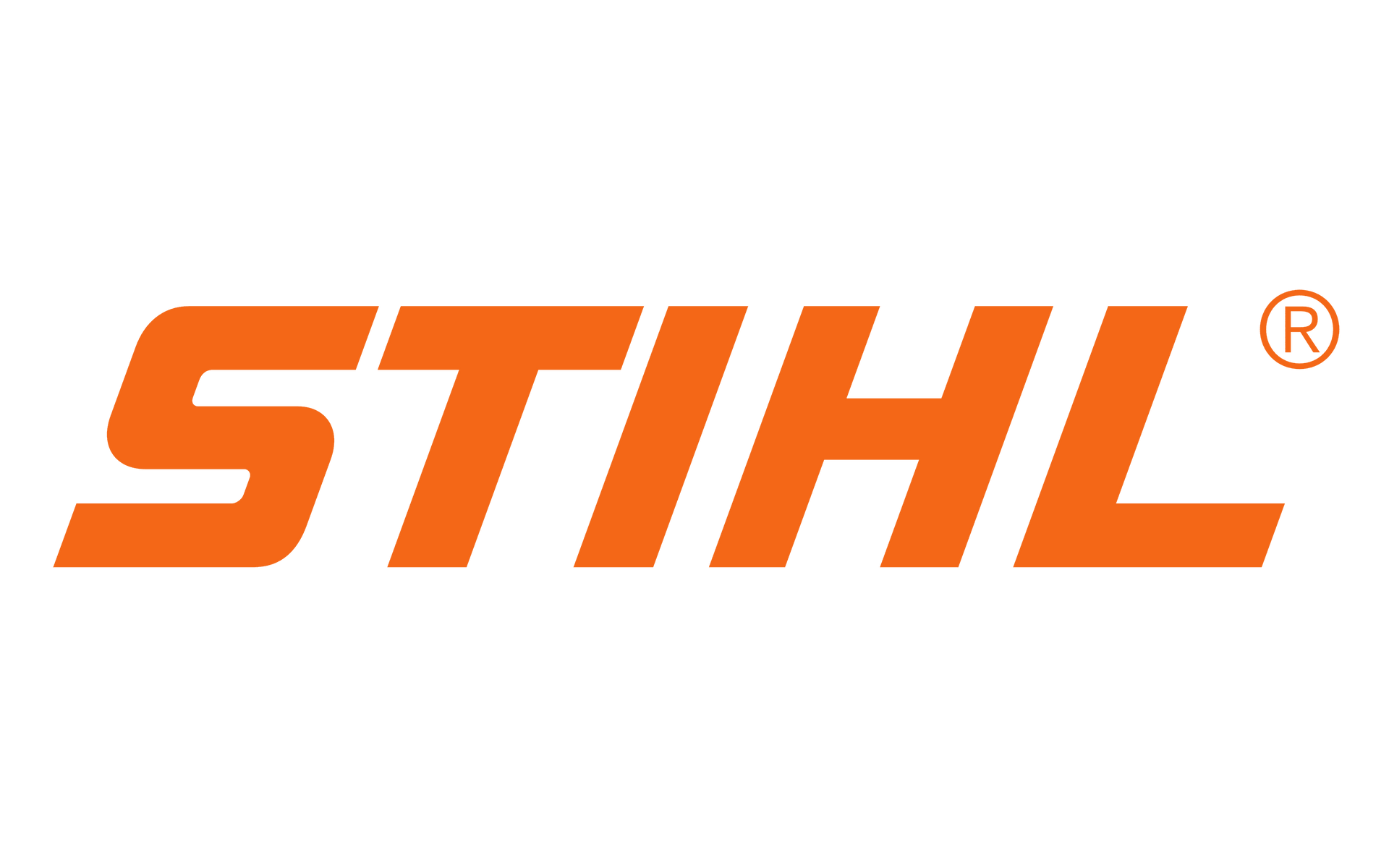October 3, 2025
In this article, we'll guide you through the essential aspects of renting an excavator, from understanding the types of excavators available to managing rental costs and ensuring safety. Excavators are vital for various projects, including construction, landscaping, and small-scale household improvements. With numerous options available, choosing the right excavation equipment can be daunting. Fortunately, by grasping the essential factors outlined in this comprehensive guide, you can streamline the decision-making process. By the end of this guide, you'll be well-equipped to make informed decisions for your next project.
1. Understanding Different Types of Excavators
1.1 Crawler Excavators
Crawler excavators are often favored for their enhanced stability and traction. They are especially advantageous on uneven terrain due to their track-based locomotion system. These machines are ideal for long-term projects due to their durability and power. When considering a rental, it's crucial to be aware of its slower speeds and maintenance demands. However, for substantial digging operations, their utility cannot be overlooked, making them a top choice for many contractors.
1.2 Wheeled Excavators
Wheeled excavators, on the other hand, offer superior mobility. They can transit swiftly from one site to another, which is beneficial when multiple locations are involved. Their rubber tires make them suitable for urban projects and more delicate surfaces without causing damage. Renting a wheeled excavator means weighing its speed against slightly reduced stability in rough terrain. These machines shine in projects requiring both agility and operational efficiency.
1.3 Mini Excavators
For smaller projects, mini excavators are highly valuable due to their compact size and versatility. Their smaller footprint allows them to maneuver in confined spaces, which is beneficial in urban settings and residential projects. This flexibility is indispensable, especially when over 80% of U.S. households are involved in gardening or lawn care activities. Additionally, mini excavators typically consume less fuel, which can significantly reduce operation costs. As rental options, mini excavators are often economically viable and perfect for DIY projects or small-scale professional tasks.
1.4 Long Reach Excavators
Long-reach excavators are specialized tools designed for tasks that require extended reach capabilities. These machines can access areas that standard excavators cannot, making them ideal for river dredging and demolition tasks at height. Renting a long-reach excavator requires understanding the project's unique demands and precision needs. Their extended arms allow for efficient material handling, thereby reducing the need to reposition the machine frequently. Investing in a rental can add value to projects that involve hard-to-reach areas.
1.5 Specialty Excavators
Specialty excavators cater to unique industry needs with features specific to particular tasks, like suction or zero-swing excavators for operations where precision is paramount. These machines excel in environments or tasks that standard excavators can't handle efficiently. Their design is tailored to optimize performance for niche applications, offering innovative solutions to complex operational challenges. While renting specialty excavators might seem costly upfront, their task-specific efficiency can lead to long-term savings. Their adaptability and specialized function make them indispensable for certain projects.
2. Determining Your Excavation Needs
2.1 Assessing Project Scope
Before renting an excavator, evaluating the project's scope is crucial to ensure successful project completion. Understanding the extent, complexity, and required tasks of the project will guide the selection of the appropriate equipment type. Larger projects may demand multiple types of excavators, each fulfilling specific roles to enhance efficiency and cost management. An accurate assessment can streamline operations, avoiding unnecessary rentals and costs. Always keep in consideration the end goals and the milestones needed to reach them.
2.2 Soil and Terrain Considerations
The nature of the soil and the lay of the landscape are influential factors in deciding between excavators. Some machines are better suited for hard, rocky terrains, while others excel in soft, muddy environments. For example, crawler excavators are preferred for rough terrains due to their tracks providing better traction. Wheeled excavators might be ideal for projects in urban settings, where road-like conditions prevail. According to WorkYard, 80% of U.S. households now engage in gardening or lawn care activities. Selecting the right equipment based on soil and terrain will lead to more efficient operations and reduced wear and tear.
2.3 Depth and Reach Requirements
Analyzing both depth and reach requirements is fundamental in ensuring the chosen excavator can handle the project's physical demands. Certain projects may require deep trenching, while others might focus on reaching extended horizontal distances. Long-reach excavators can be particularly useful when considerable horizontal distance is involved, while standard models suffice for typical depth requirements. It's essential to align the technical specs of the excavator with these dimensions to prevent operational inefficiencies. Inaccurate planning may lead to additional costs and project delays.
2.4 Evaluating Load Capacity Needs
When assessing load capacity needs, it's crucial to ensure the equipment can manage the anticipated materials' weight and volume. Operating an excavator beyond its load limits can lead to potential damage, safety risks, and increased maintenance costs. For optimal performance, always align the machine's capabilities with the project's material handling requirements. Planning accurately can also help determine if additional machines are needed for support. Choosing correctly ensures operational efficiency and maintains safety standards on-site.
2.5 Special Attachments and Features
Special attachments and features can significantly elevate the functionality of an excavator, catering to unique project demands. Various attachments, such as augers, breakers, or grapples, can redefine how a single machine performs across tasks. It's advantageous to examine these options to ensure the machine is as versatile as possible. Renting equipment with multiple attachments can lead to cost savings, as it may negate the need for additional machinery. Researching and selecting appropriate features enhances the potential of the worksite, increasing productivity.
3. Navigating Rental Agreements
3.1 Key Terms and Conditions
Understanding the terms and conditions in rental agreements is pivotal for ensuring transparency between both parties. Key clauses might involve rates, usage limitations, and penalty fees for late returns. Reviewing these thoroughly helps avoid potential misunderstandings and hidden charges. Always ensure the agreement aligns with the project's timeline and operational scope. It's wise to seek clarification on anything ambiguous to avoid legal complications down the line.
3.2 Lease vs. Rental Options
Determining whether leasing or renting is more beneficial requires weighing the project duration and frequency of equipment use. Leasing is often more cost-effective for long-term, repeated use, while renting suits short, defined periods better. Understanding the cost implications of each option can provide financial benefits. Leasing generally involves lower monthly payments and potentially better-maintained equipment. Selecting the right option ensures efficient budgeting aligned with project needs.
3.3 Duration and Flexibility
Rental period options vary, and flexibility here can either make or break your project's budget management and timeline adherence. Assessing the anticipated time frames and having buffer periods can prevent last-minute extensions and associated costs. Consider contingencies to avoid running over deadlines and incurring penalties. Short-term rentals may be more flexible but can become costly if extended. Align the rental duration with the on-ground project dynamics for optimal financial planning.
Renting an excavator can be a complex process, but with the right information and preparation, it becomes manageable and cost-effective. By understanding the equipment types, rental agreements, cost management, safety, and company selection, you'll be ready to take on your excavation project with confidence. Such preparation not only reduces the risk of unexpected challenges but also ensures that every aspect of the rental aligns with your project’s objectives. With proper knowledge, guidance, and a detailed plan in place, renting an excavator can significantly enhance project outcomes. Equipped with this comprehensive understanding, you're set to navigate the excavation landscape successfully, ensuring both efficiency and fiscal responsibility. Be sure to reach out to Holmes Rental & Sales Inc today for more information on our professional excavator rental!
